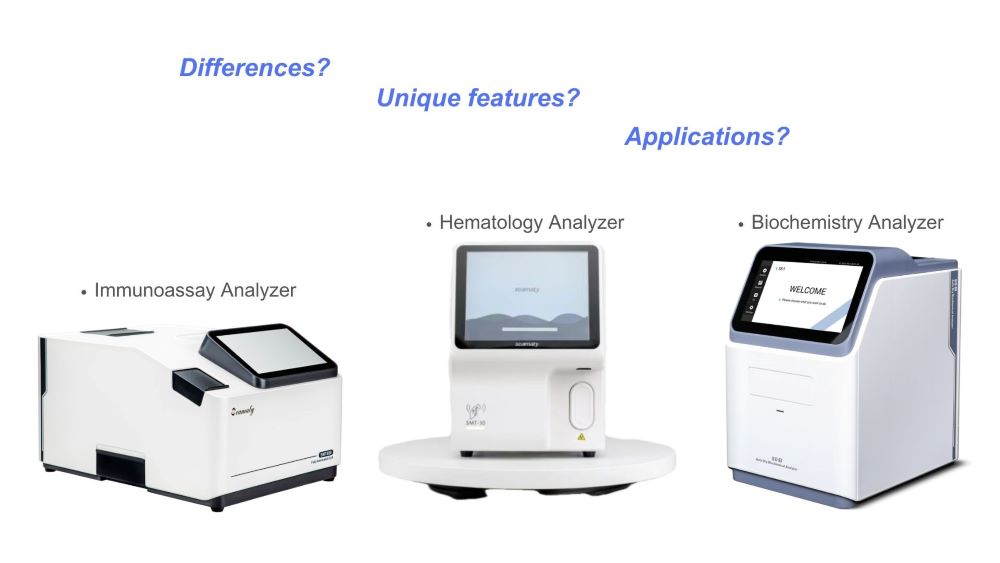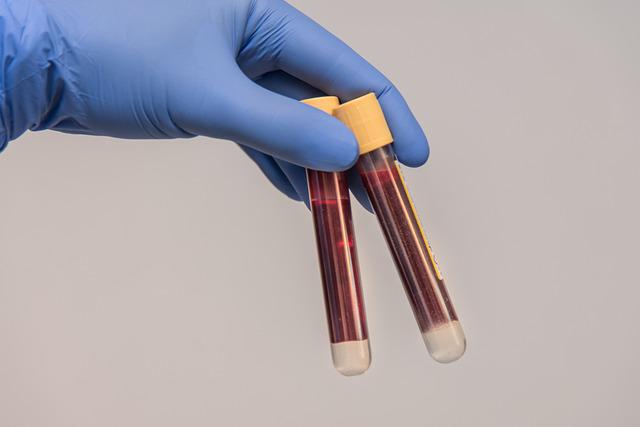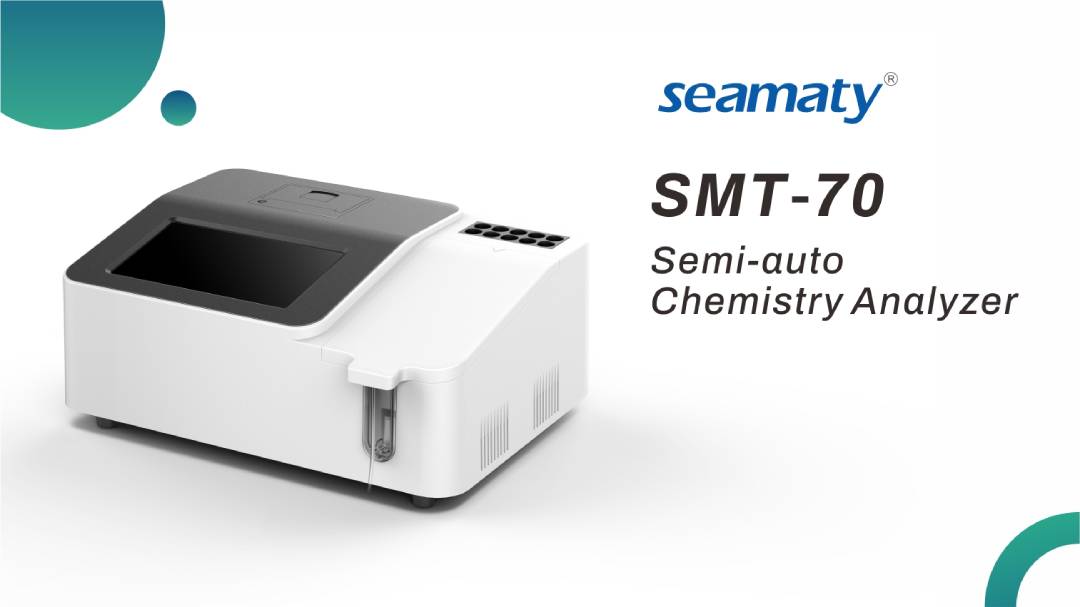release time:2022-01-13 17:19:00

Potassium oxalate can generate calcium oxalate precipitation with calcium ions in blood, thus preventing blood clotting. Potassium oxalate has high solubility and strong anticoagulant effect. Fluoride ion can bind calcium and anticoagulate, but the anticoagulant effect is weak. Fluoride ion can inhibit enolase in glycolysis and prevent glycolysis. Without the addition of sodium fluoride, the glucose content of the blood specimen will be degraded at a rate of 6% per hour. In contrast, in the presence of sodium fluoride, the glucose concentration is stable for 24 hours at 25°C and 48 hours at 4°C. Therefore, potassium oxalate-sodium fluoride is a common anticoagulant for blood glucose determination specimens.
EDTA and its salt is an amino polycarboxylic acid, which can effectively chelate the calcium ions in blood specimens. Chelation of calcium or removal of calcium from the reaction site will block and terminate the endogenous or exogenous coagulation process, thus preventing blood specimens from coagulating. It is indicated for general hematology testing. Not suitable for coagulation test and platelet function test, also not suitable for calcium ion, potassium ion, sodium ion, iron ion, alkaline phosphatase, creatine kinase and leucine peptidase determination and PCR test. anticoagulation concentration of EDTA is 3.4~4.8 mmol/L whole blood.

2023-11-29
Discover the differences between Biochemistry Analyzer vs Hematology Analyzer vs Immunoassay Analyzer in our insightful guide. Explore unique features, applications, and technological advances. Empowering healthcare professionals with vital insights for precise patient care.

2022-03-10
Unqualified specimens encountered in clinical testing work are mainly manifested in hemolysis, coagulation, contamination, insufficient or excessive collection volume, and incorrect identification.

2021-10-18
Semi-automatic biochemical analyzer should be installed on a smooth, fixed, dust-free working platform at room temperature of 15-30℃ and relative humidity <85%. The power supply of the instrument should be used separately. And need to be equipped with UPS uninterruptible power supply and ground, ground is particularly important. In order to ensure the best working condition of the instrument, it is best to warm up the instrument for 10 min before testing the specimen.